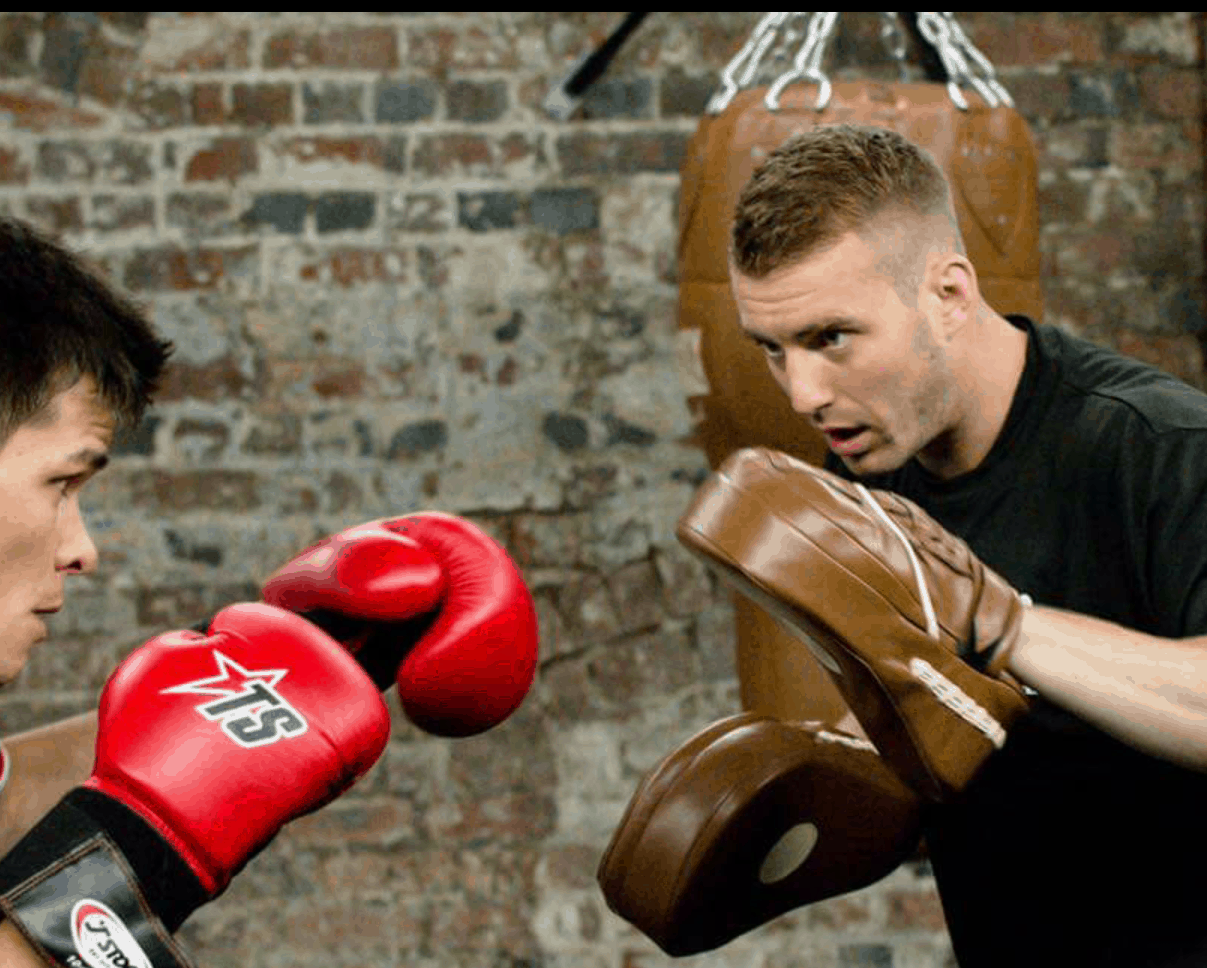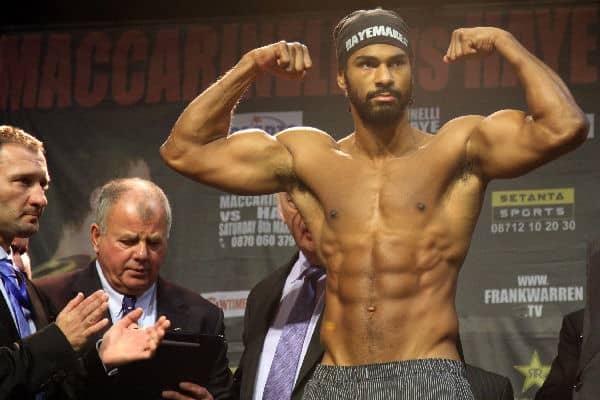A side of boxing that can often be overlooked and abandoned, but you could see significant changes in your punching power by applying some of these simple tips.
There is a strange view on strength and conditioning training within the boxing world. You hear a lot of misconceptions from boxers and coaches, “weight training is bad and it slows you down or puts too much weight on you”. I would agree, if you stopped doing all boxing work and focused completely on weight training. However, this isn’t the case. You would be weight training maximum 2-3 times a week.
It is gradually getting accepted with boxers and coaches, more than it ever has before. In my opinion this is down to the rise of the UFC. It is well known that MMA athletes do not shy away from strength and conditioning sessions. It is also well known that MMA athletes are some of the most conditioned athletes on the planet. Now I know what you are thinking, so are boxers. I wouldn’t disagree with you but they are conditioned to do boxing drills such as sparring, bag work, and pad work. MMA athletes are the more the well-rounded athletes and I put this down to their strength and conditioning work. If you compare the shape of the two sports generally the MMA athlete will look much more muscular and athletic.

Amateur Boxing
Amateur boxing is where is all starts for most boxers (I say most as some come from different backgrounds such as kickboxing and unlicensed boxing). This style of boxing is usually fought at a high pace with rounds consisting of 3 x 2 minute rounds for those who’ve had under 20 bouts and 3 x 3 minute rounds for the elite level amateurs. With the intensity being so demanding it’s one of few sports that even at a novice level the conditioning of the fighter needs to be supreme. This isn’t me being biased towards boxing either, as I know you non boxers reading this are thinking 3 x 3 minute bouts, that sounds easy. Well give it a go and get back to me. This isn’t a knock at other sports either, as all sports require some forms of discipline. However, you can get away with playing at decent level football and rugby by training once or twice a week. If you are looking at getting into amateur boxing or are currently competing I suggest that you do 2 strength and conditioning sessions a week and you will see huge improvements to punching power and confidence. I am currently working with a top-level amateur in Jordan Thompson (over 70 bouts) at the minute and since including strength and conditioning into his training he looks like a different athlete. To say I am excited for him this season is an understatement.
Pro Boxing
You are probably wondering why there is a separate section for pro boxing. Well in my opinion amateur and pro boxing are completely different sports. With the change in scoring in the amateur game it is closer to the pro game than ever. However, the amateur code is boxed at a much higher pace. Pro boxing is generally a bit slower than the amateurs and no wonder. Pro bouts can be from anywhere from 4 x 3 minute rounds to 12 x 3 minute rounds.
I don’t know about you but I wouldn’t want to be boxing 12 x 3 minute rounds. If I were to be boxing that many rounds I would want to be as strong and conditioned as possible. My advice would be to be doing three strength and conditioning sessions a week as a pro.

[spacer height=”20px”]
Mechanics of Punching
The mechanics of throwing a punch is more complicated than it looks. Most people would argue that they could throw a punch properly. It’s much more that just hitting something such as a bag or pad. Certain muscle groups need to be firing to get the full potential out of a punch. The main muscle groups that are used when throwing a punch such as a backhand or hook are the glutes, core and upper back. This is why and good strength and conditioning programme is essential. Key exercises to help improve these muscle groups are things like pull ups, squats, deadlifts, and power cleans. I would always focus on bigger moves such as the ones mentioned rather than the likes of bicep curls and lateral raises. I am not saying that these exercises have not got a place in programmes, however there are much better exercises for sports like boxing.
There is a lot of controversy in boxing and sport in general about using resistance bands. I know alot of coaches are advocates of them. However, I am not a fan. I have seen people add resistance bands to kettlebell swings and certain punching drills. My argument is that why not just go heavier with things like kettlebell swings? And for punching drills why not shadow box with weights in your hands if you want to add something extra to shadow boxing. Using these bands could slow down the wrong part of the punch, ruin your posture and be detrimental to your accuracy, so be careful with what you decide to use these bands for. Keep your boxing workouts to boxing and your strength and conditioning workouts to get fitter and stronger.
Basic strength programme
Day one
Power cleans 5 x 3
Back squats 5 x 5
Pull ups 4 x 6
Day two
Front squats 5 x 5
Bent over rows 4 x 6
Push press 4 x 6
This programme is a great starting point for anyone who hasn’t done any or very little strength work. Make sure you warm up correctly and cool down. My advice would be to warm up with ten minutes of dynamic stretching and cool down using the foam roller. Hit the pinnacle of your potential, by simply incorporating some of these tips and in-turn increasing your punching power.
By Ant

